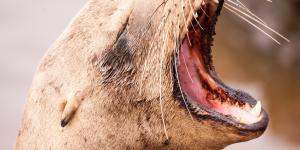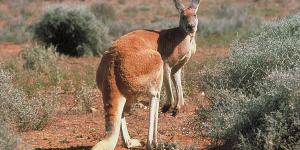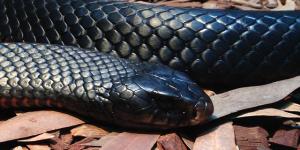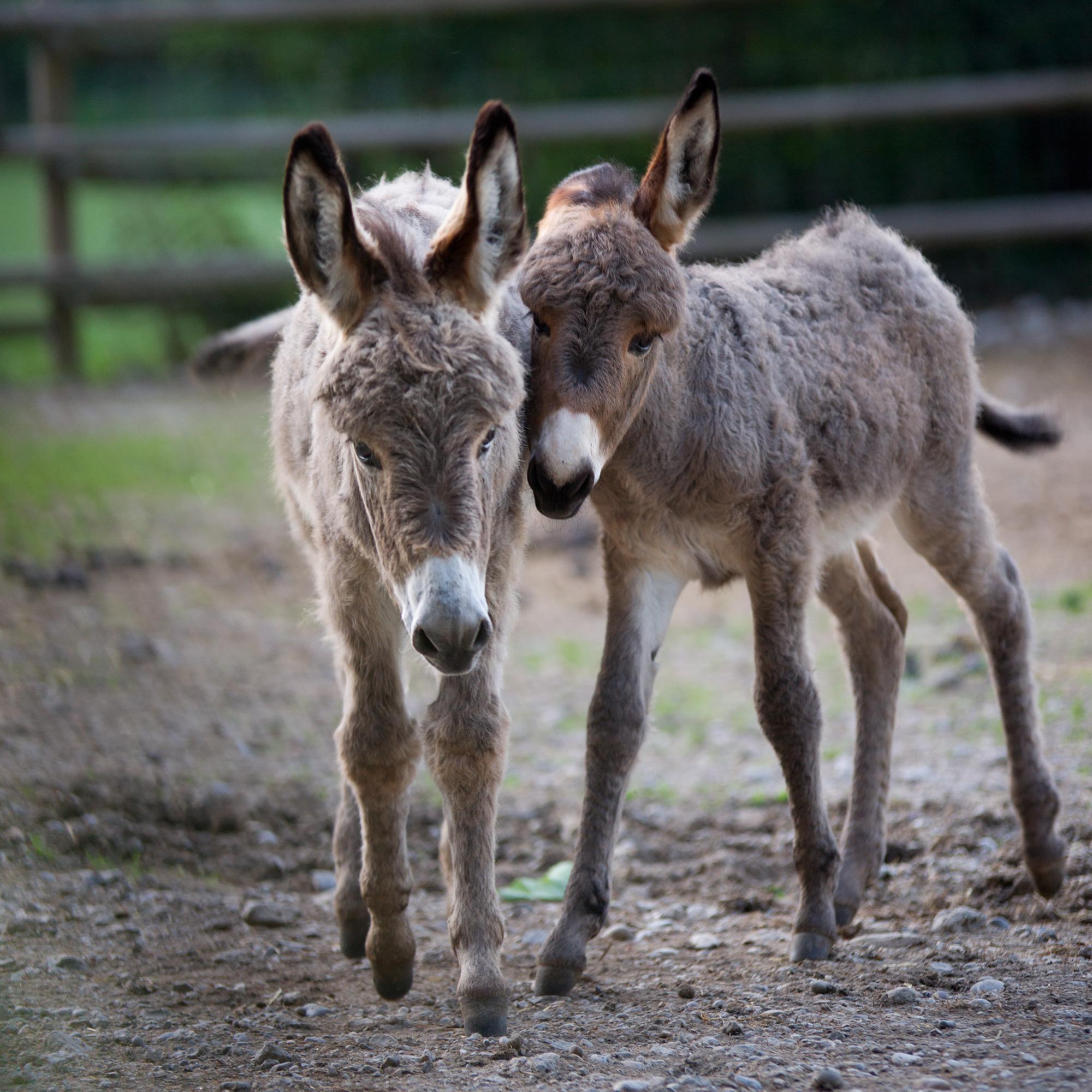How Do Animals Move

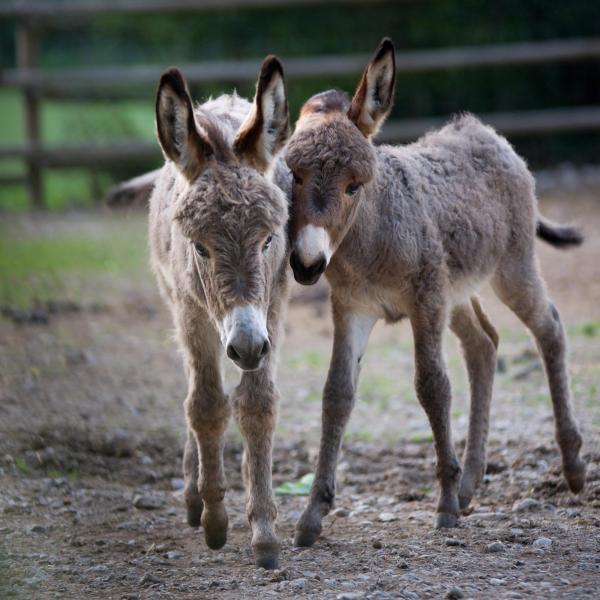
Animals move in so many different ways, their bodies adapting to different environments. Birds have wings to fly in the air, fish have fins to swim in the sea and many mammals have legs to walk on the ground. Humans have looked to the animal kingdom throughout history to use their unique and adaptable movements to help us. We use suba diving equipment to breath under water and build planes to fly in the air. We even make robots which can move like insects. Many animals can move from one environment to the other, using features designed for incredible evolutionary purposes. Here at oneHOWTO, we answer how do animals move? As we look how these creatures move through their worlds, maybe we can find inspiration for ours.
Why do animals move?
A good way to understand why animals move is to ask yourself the same question. Think about all the things you do in a day. You sleep, wash, eat, go to school or do anything you want to for fun. We humans, however, have some advantages (like opposable thumbs) which means we can hold on to things, like climbing a rock or riding a bike. Not every animal has this ability, but let's look at some of the reasons why an animal will move:
- To find food
- To protect themselves from other animals
- To protect themselves from the elements (weather, sun, etc.)
- To find a mate
- To raise their young
- To migrate to different climates
Some people see animals as only acting to meet basic needs. This means, it will walk somewhere if it thinks there is food or to find a mate. But if we look at videos on Youtube, you will see lots of examples of animals doing weird and interesting movements. You might see a Gorilla break dancing, a dog changing the TV remote or a Lemur playing with an iPad. Does this mean animals also move for fun? Does a hamster run on a wheel for exercise?
These are great questions, but unfortunately scientists can only answer with varying degrees of accuracy. The reason it is so hard to tell why an animal moves is because we can't communicate very easily. If we ask a dog why it is jumping, it is very difficult to get an answer.
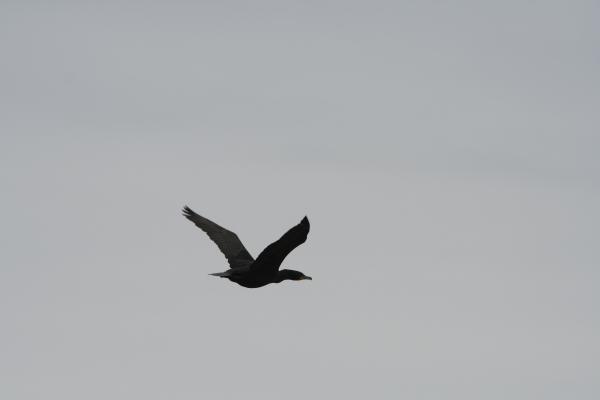
What do animals use to move?
Animals have lots of different methods for moving. To do this they need to have the right types of body. But not all animals that swim have fins and not all those who move on the ground have legs. All animals can be put into two separate categories: vertebrates and invertebrates.
A vertebrate is an animal which has a spine, bones called vertebrae which form the backbone. Invertebrates are those who don't have one of these. Many animals have backbones which link to other body parts such as legs to walk, wings to fly or tails to balance. However, some creatures pretty much only have a backbone. Snakes are one such animal.
When we think of animals we might think of those which we might see at an animal sanctuary: monkeys, bears, lizards, birds and many more. However, these only account for 90% of all animals[1]. The rest are invertebrates such as: earthworms, spiders, mussels, wasps and so many more.
Many insects will have both legs and wings so that they can fly from place to place, but rarely will an animal only have wings. They need some other appendage (part of the body) to sit and move along to find food.
With vertebrates, some animals have four legs so they can move on the ground more easily, whether they want to run fast or for stability. Others, like humans, are bipedal. This means they walk on two legs. Humans have arms which allow them to reach and interact with objects or to make signals to each other.
Some animals have interesting body parts which are moved for different reasons. Flies, along with many other insects, have a sucker called a proboscis. This allows them to eat, although it is also how mosquitos suck blood from other animals. Peacocks have a special fan of feathers on their tails to attract a mate. Elephants have trunks which they can use to feel around in search for food, suck up water or scratch an itch. Moose have antlers for protection and monkeys have tails to climb on trees.

Animals moving on land
The land is a very vague term. It can mean the Arctic tundra where there is lot of snow and ice. It could mean the mountains where there are lots of rocks, or the rainforest where there is rain and trees. Different animals need to adapt to their environment. This is often for protection to they can hide from predators, keep themselves cool in the sun or to eat the specific types of vegetation in their ecosystem.
In the dessert you have many types of mammals, many of which walk on all fours. The camel has a giant hump to keep water for surviving the hot sun. But camels also have wide feet which are specially adapted for walking on sand. But they are strong so they can also walk on harder surfaces.
When we look at how animals move, we often see one is in response to another. Lions walk on all fours and are incredibly strong. Their muscles are huge and they have giant jaws which can snap their prey in half. Wildebeest are almost as fast, but they have long spindly legs. This helps them to dodge lions when being chased.
While camels use their wide feet to move along the sand without sinking, snakes do the same without having any feet at all. They slither by moving their bodies in a wriggle motion, similar to earthworms. Sidewinders are a special type of snake which move side to side very fast to move across the loose sand. This is a type of movement called peristalsis, the same movement we use to make food move through our digestive system.
Some animals move not just on the land, but above it. We don't mean flying, we mean animals like monkeys and lemurs who swing from tree to tree. They often use their paws to grab, but can use their tails also. This is not just for balance, but also to wrap around the branches. Some animals, like the flying squirrel, don't actually fly. They do, however, jump from tree to tree and use flaps of skin to glide from one branch to another.
Jumping isn't just for trees. Some animals, like kangaroos and wallabies, have very strong legs which allow them to jump or hop to where they are going. Much smaller animals, like a jumping spider, can also jump from place to place.

Animals moving in the air
We have animals which can jump through trees or glide in the air, but this doesn't mean like fly. Like Buzz Lightyear, they are merely falling with style. Some animals, however, do spend a lot of time in the air. While many animals on land will always stat there, animals who move in the air need to rest at some points to eat or sleep.
The most obvious of animals which move in the air are possibly birds. They have wings which stretch out so they can catch air underneath. They use feathers to keep them in the air when they beat their wings, but also to navigate. Like a rudder on a boat, birds use their tails to guide the direction in which they want to go. Some are small like hummingbirds which can beat their wings anywhere up to 80 times per second. Larger birds like an eagle have huge wings which need to flap more slowly, but allow them to glide when they are way up in the air.
It is not only birds which can fly. While some mammals can glide or jump very high, only one can actually fly: the bat. Bats have wings which stretch out and can wrap them up. Flapping them allows them to fly, but they also still use them as arms to hold onto fruit or clean themselves.
There are many animals which are said to fly, but don't have the power of powered movement through the air. One such example is the flying fish. It has fins which act like wings. It jumps out of the water and glides over it by catching air under its fins. However, if you set a flying fish on the ground, it would not be able to flap its fins and fly away. There are even some squid which can jump out of the water so well they look like they're flying.
Insects were the first animals to develop the power of flight 320 million years ago[2]. An insect will fly or not fly according to their purpose. They are also the only type of invertebrates which have developed the ability to fly. Some ants have the power of flight, while others will only need to carry food, so don't have wings. Some larger insects use direct flight which have wings with one hinge, such as dragonflies. The majority have two hinges and move their thorax differently to enable them to fly.
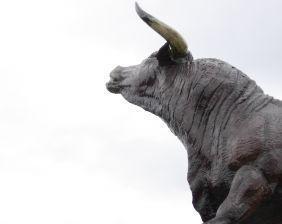
Animals moving in water
Like birds in flight, the first animal we might think of moving in water is the fish. Also like birds, they have a special body form to move through the water properly. This is usually in the form of fins. The fins allow them to move through the water easily. Fish use their muscles to move their bodies in a special movement. They flex back and forth, propelling them in the right direction, often very fast. Although scientists don't always agree, many claim the black marlin is the fastest moving fish in the world at 80 miles per hour[3].
Most fish will have fins which both help propel them through the water as well as to maintain balance, change direction and make other special movements. Some fish, like eels, don't have as many fins as others, so they mainly use their bodies for movement.
There are not just fish who can swim. Reptiles such as sea snakes and turtles can breather under water and swim. They do not use fins. Sea snakes wriggle their way through water as land snakes do on the ground. Turtles use flippers to propel through the water.
Many animals are able to swim which you may not have thought. These include moose, elephants and even sloths. Of course there are other swimming animals which use interesting ways to move. Squid and octopuses have legs which are used to propel through the water. Jellyfish use their body in a special movement which allows them to float in particular directions, despite their often odd shape.
Some animals move differently to how we might expect. Although penguins have wings, they use them like fish use fins to swim. Their wings are too stubby and short to fly in the air, but they are surprisingly fast and nimble in the water.

Animals who move between environments
Some animals are designed to move between these different environments. While some animals, like the hippo, can move in the water and on the land this doesn't mean they are amphibious. Amphibians can live both in the water and on land, whereas hippos can't breath underwater. This is because they don't have gills. They can hold their breath, but only for about 5 minutes in total.
Frogs are amphibians, but many only have gills to breath underwater when they are tadpoles. However, they can also breathe through their skin, meaning they can hibernate for long periods of time. They move with their powerful legs on land by jumping, but these legs also have webs to propel them through the water.
Some animals can breathe air up on the surface level, but prefer to burrow underground to live. These include mammals and rodents such as meerkats and rabbits. Some, like the star-nosed mole, are functionally blind. When they want to see where they are moving, they use the receptors on their nose to sense where they are going. This is similar to bats which use radar to know where to move and to avoid objects when flying.
Strange animal movements
Some animals don't move in the traditional sense. Others move in unique ways which might never have expected.
The Portuguese man o' war is a jellyfish like creature which doesn't actually swim. It has a bladder which inflates and deflates depending on whether it wants to be closer or further away from the sea's surface. Some parasites and even types of fish can move, but choose not to. Instead, they latch on to other animals and let them do the moving for them.
Some creatures, like the golden wheel spider can make themselves cartwheel down sand banks. Armadillos can move in a special way, similar to a hedgehog, where they turn into a ball for protection. They do not do this so they can move, although if they where on a hill, it is likely they would roll down it.
Some animals move in a very special way. They are able to stick to certain surfaces so they can travel vertically as well as horizontally. These include snails which use a mucus like slime to climb up surfaces. Others, like geckos, use hundreds of microscopic hairs called setae to climb up vertical surfaces.
If you want to read similar articles to How Do Animals Move, we recommend you visit our The Animal Kingdom category.
